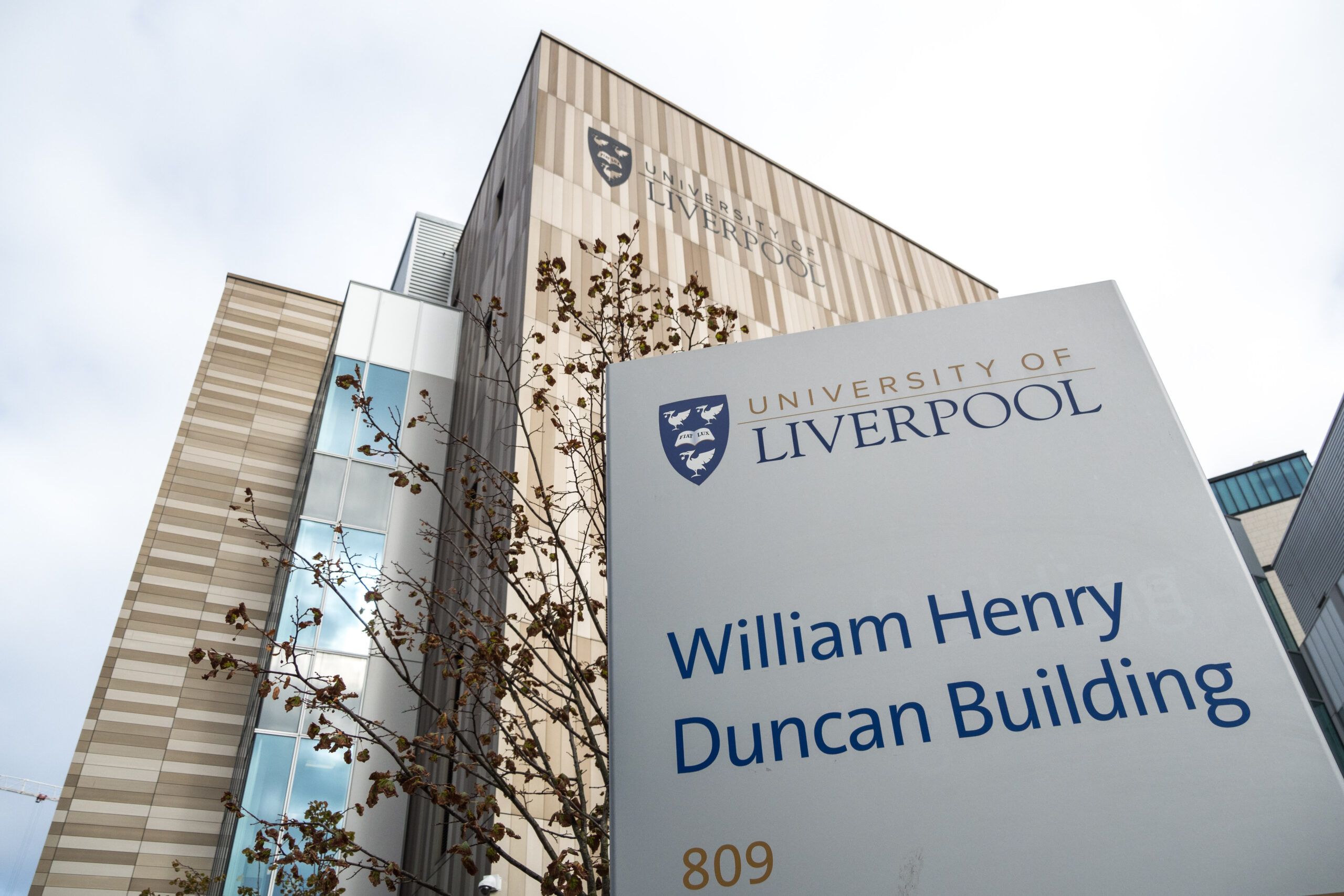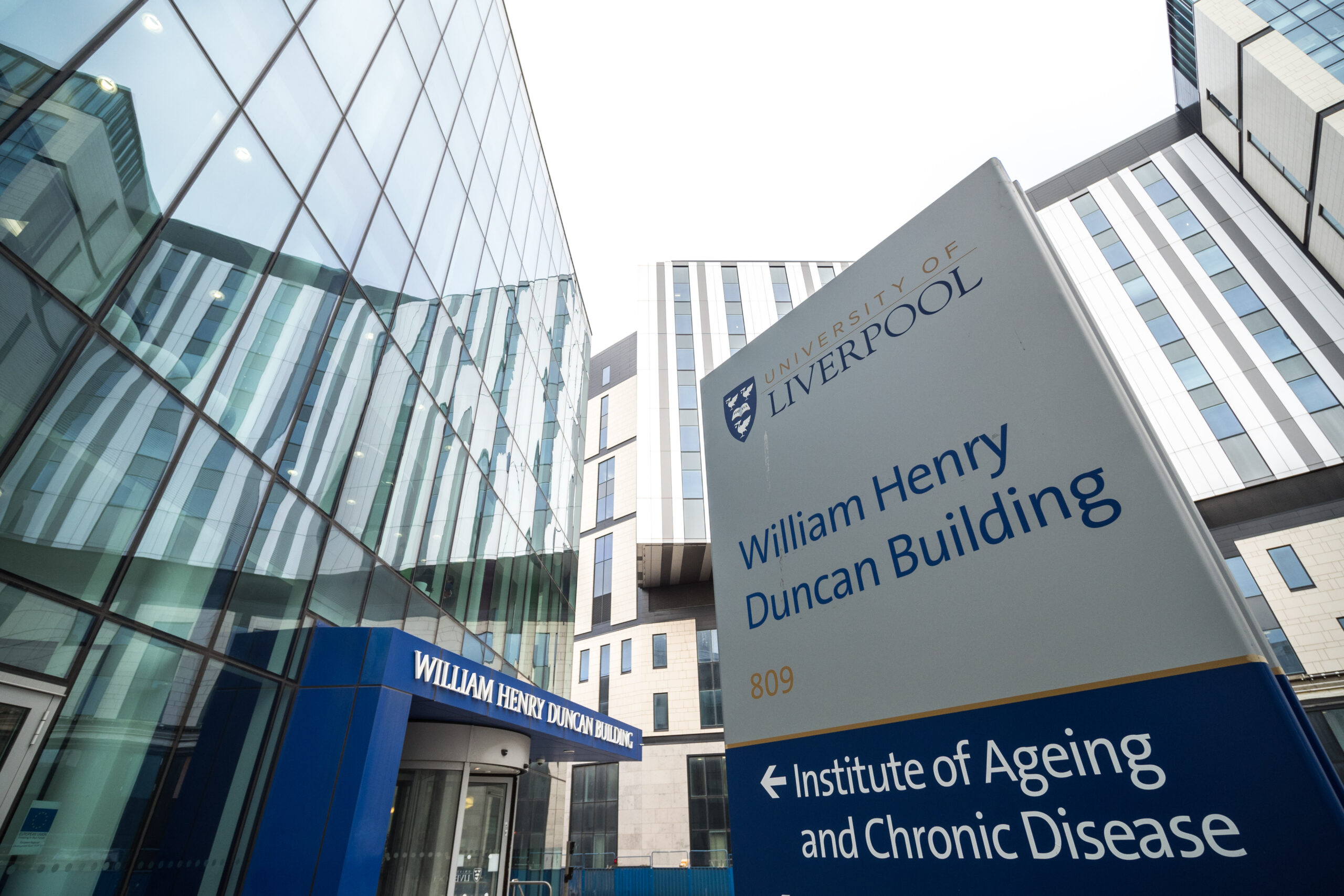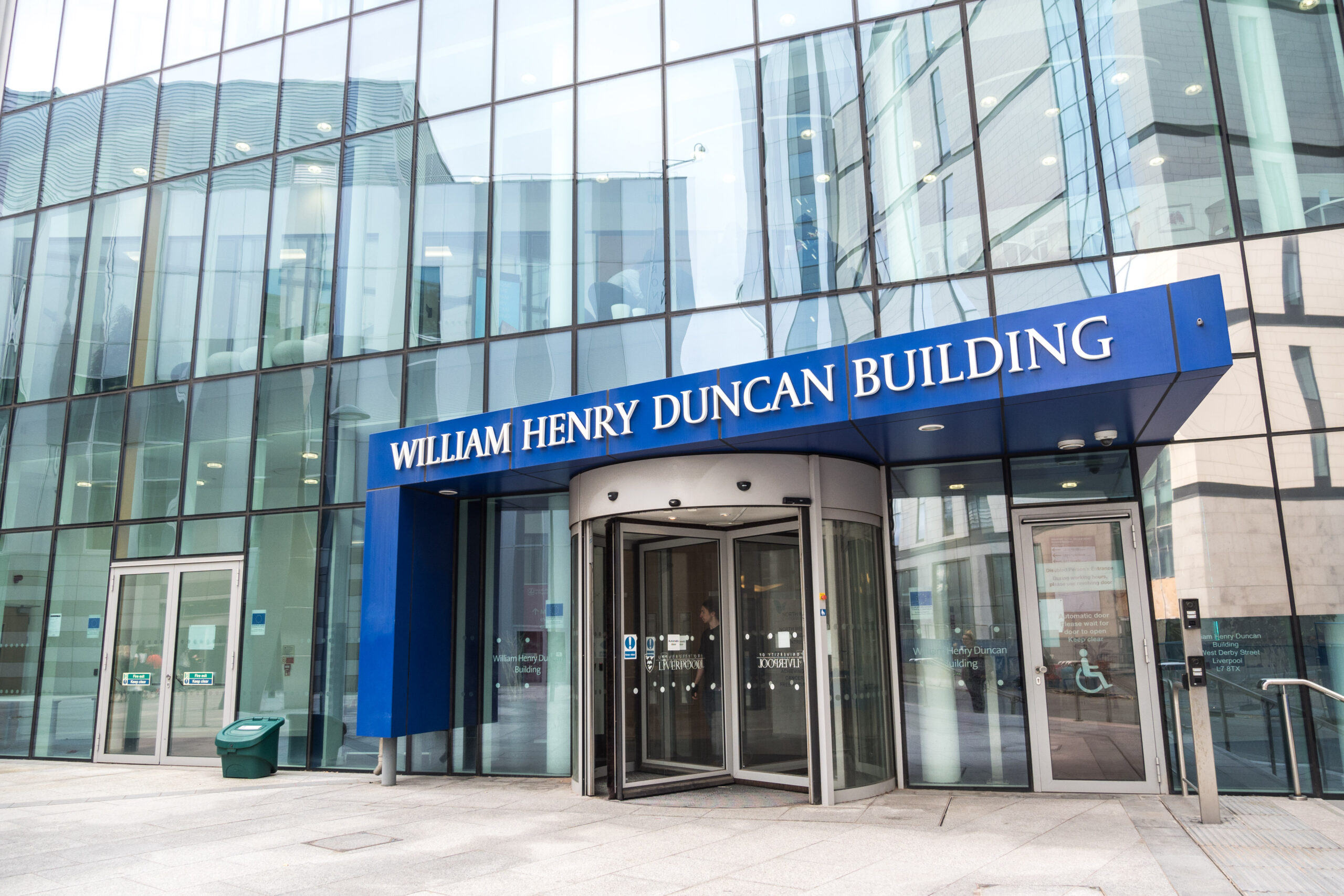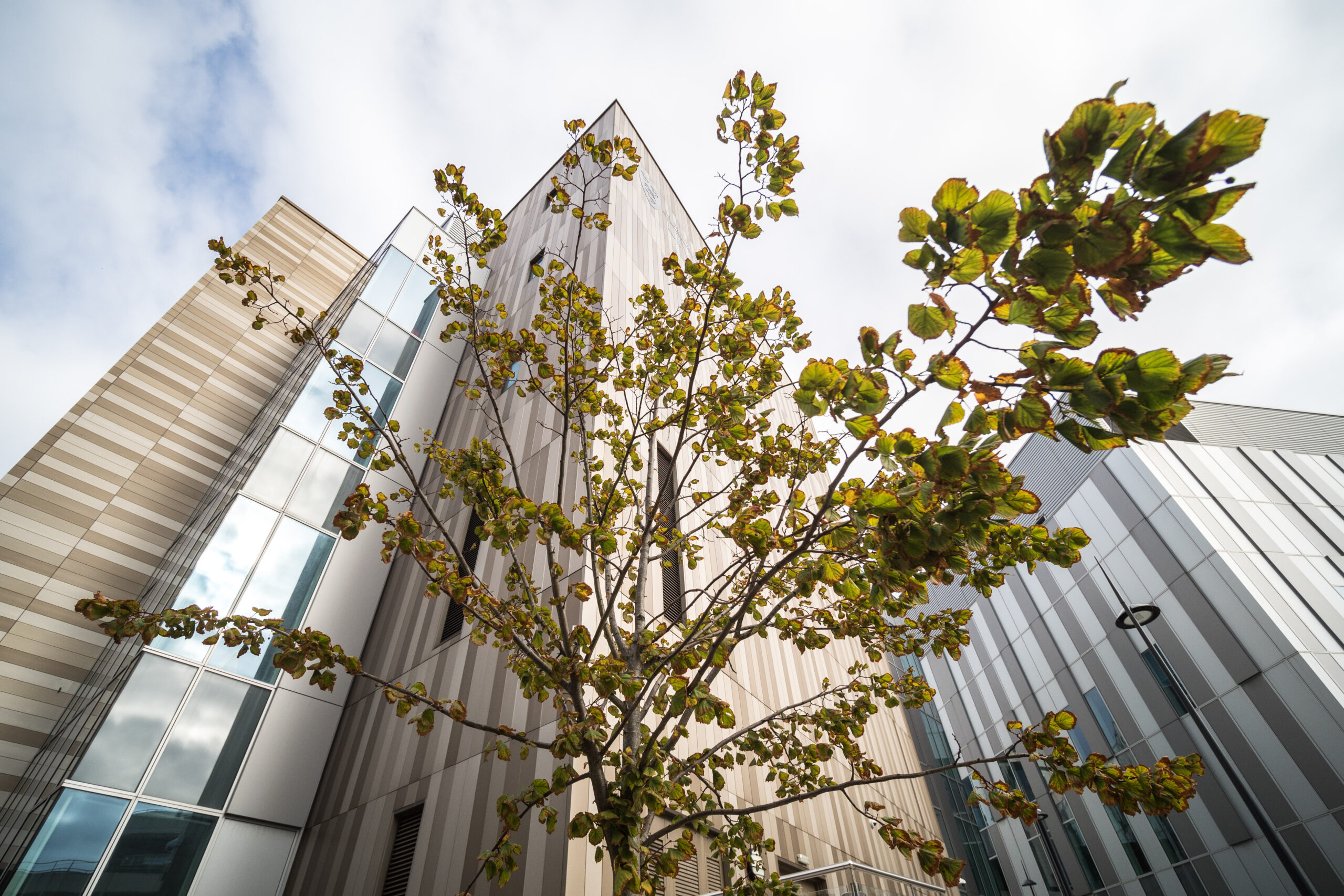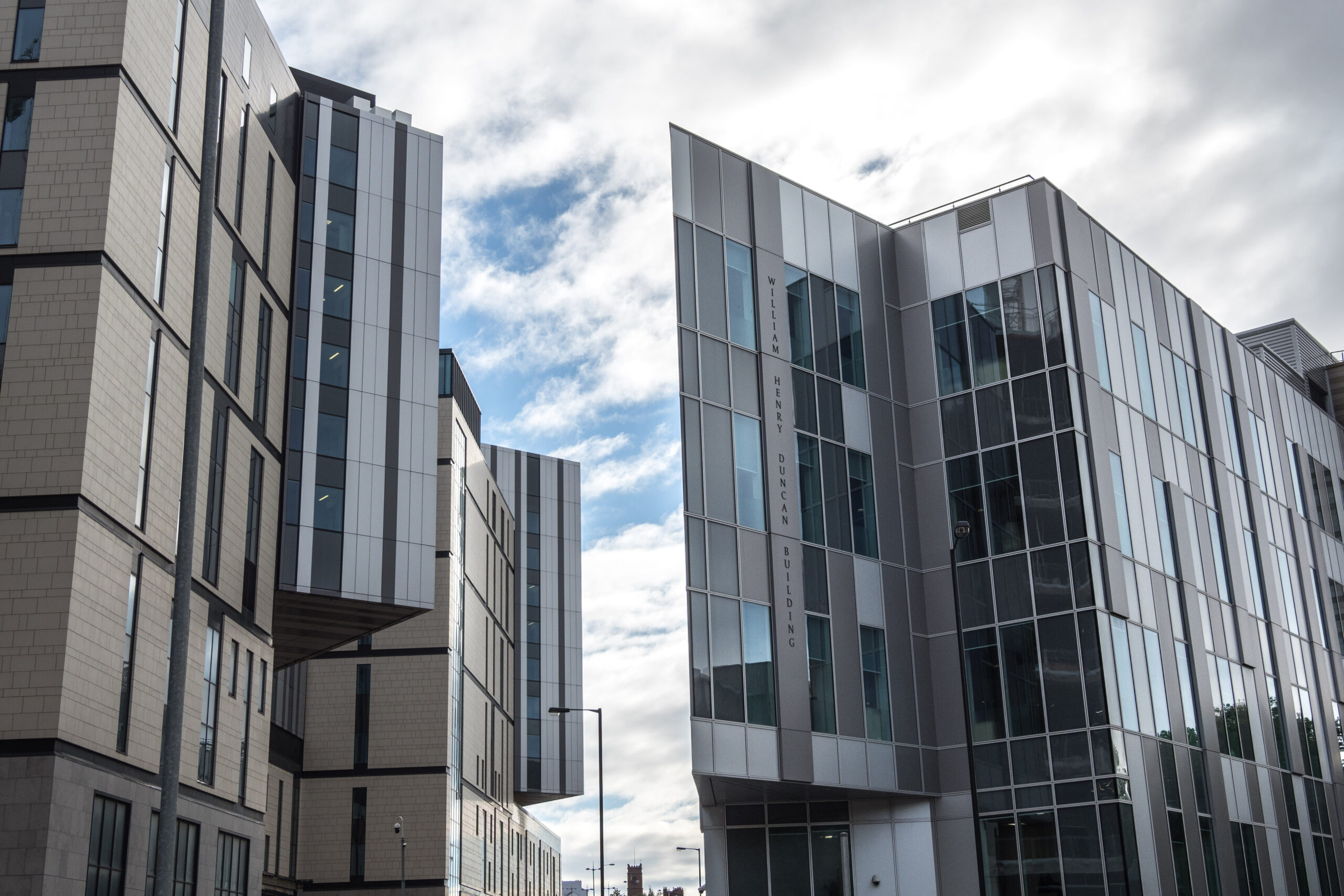Apex
Location:
Main contractor:
Architect:
Complete:
Façade Scope:
Liverpool, England
Shepherd Construction
Fairhursts Design Group
2016
Performing static, fabrication and site project curtain walls.
SEND US A MESSAGE
CONTACT INFORMATION
15 Powązkowska St.
01-797 Warsaw
Poland
Do You have A Question? Do You want to know our offer?
WE ARE AT YOUR DISPOSAL!
APEX WILLIAM HENRY DUNCAN BUILDING
Country: UK, England
Location: Liverpool
Purpose: science, education
Main Contractor: Shepherd Construction
Architect: Fairhursts Design Group
Our contribution: Performing static, fabrication and site project curtain walls.
Complete: 2016
An investment carried out for the University of Liverpool in the area of the so-called ‘Knowlege Quarter.
Within the limits of the current Knowledge Quarter for centuries located are universities, research institutes and centers, and many of them have implemented multi-million dollar redevelopment programs in recent years to strengthen the Knowledge Quarter's position as the largest location of its kind in the UK. The Knowledge Quarter generates approximately 15% of the city's gross income and educates over 60,000 people in various scientific disciplines.
CONTEXT
Geographically, the Knowledge Quarter extends from Upper Parliament Street in the south to Islington in the north and is bounded by Grove Street and Low Hill to the east and Renshaw Street to the west. The Knowledge Quarter generates around £ 1 billion in income annually and offers around 14,000 full-time jobs.
The Knowledge Quarter is home to the University of Liverpool, established in 1881 as University College Liverpool. In 1903, the institution became independent as the University of Liverpool. 20,000 students, benefiting from 400 programs covering 54 subject areas are studying here. Like other institutions in the Knowledge Quarter, the University of Liverpool has been undergoing major modernization over the past few years. About £ 660 million has already been invested into the new university buildings and facilities.
PROJECT AND DEVELOPMENT
One of the new investments of the university was construction of a new 4-storey Apex research laboratory. The limited space dictated the shape and location of the building. It has a concrete cast-in-place frame externally clad with high-quality materials such as metal silver curtain wall and anodized brown rain shield façade planks. The projecting entrance façade is glazed along the entire height of the curtain wall, and the roof-level outlet duct mesh screens have been constructed off-site and secured in place by cranes.
At the end of the planning stage the University of Liverpool introduced an additional requirement for laboratories to reflect the new safety standards for students and private sector companies involved in the research. As the building was designed to be modular, it was easily adapted to these requirements. The future operation of the building was a fundamental matter and a key part of the design and construction process.
EFFECT
This modular building houses research, analytical and support laboratories, offices, conference and lecture rooms, and an X-ray room. The science laboratories are equipped with custom-made, state-of-the-art, low-energy, variable-volume fume cupboards for excellent containment results. The electrical installation includes LED lighting, robust power supplies and low temperature backup systems.
The façade designed by McMullen Facades is made of a special Optima XPC cladding. It provides a completely invisible fastening of a rain cover system made of extruded aluminum planks with flat face modules. Additionally, due to the inherent strength of extruded aluminum, this product only needs to be 15mm thick, making it ideal for renovations where space is limited. A tricolor anodized finish was chosen, creating a traditional stick-build façade for the large atrium, wings and parapet of the facility.



